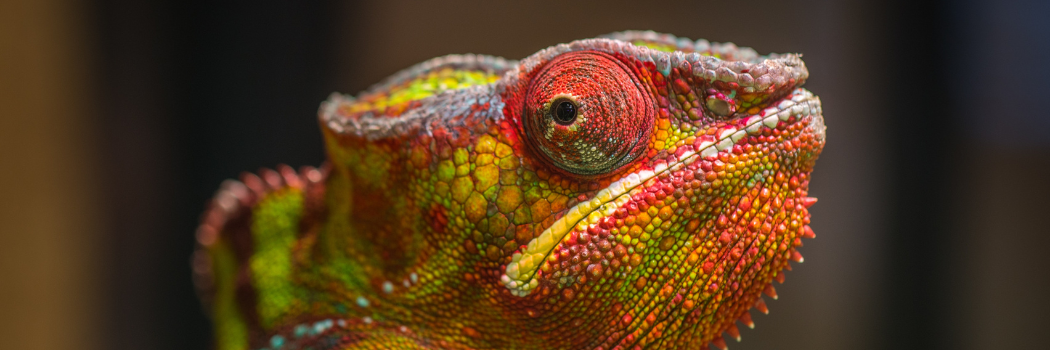
A new study has revealed that vertebrate species involved in the live wildlife trade have distinctive life history traits that determine the frequency and timing of reproduction.
The study was carried out by our Anthropology Department along with researchers from Queen's University Belfast, Swansea University and University of Extremadura, Spain.
High reproductive species
Researchers discovered that traded species produce large numbers of offspring across long reproductive lifespans, an unusual profile that is likely financially advantageous for trades involving captive breeding such as the pet, food and fur/skin trades.
Traded species that have also been introduced into non-native areas have a more extreme version of this same life history profile, suggesting that species most likely to become problematic invaders are at a heightened risk of trade and release.
The study suggests that humans favour species with high reproductive output for trade and release, which are the very species likely to become problematic invaders in future.
Researchers point out that life history traits are therefore potentially useful for predicting future invasions.
Increased wildlife trade regulation
Invasive species can cause huge environmental problems and monetary costs. Once established, invasive populations can be difficult or impossible to manage.
Therefore, understanding the early stages of invasion and predicting future invasions is crucial to minimising this harm.
The researchers call for increased regulation of the live wildlife trade that is likely crucial for preventing future invasions.






